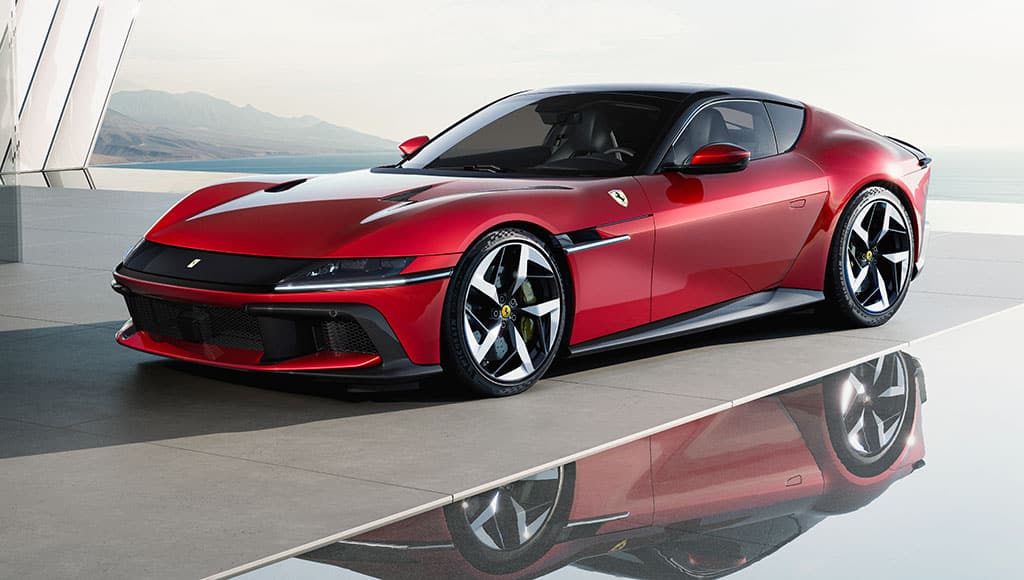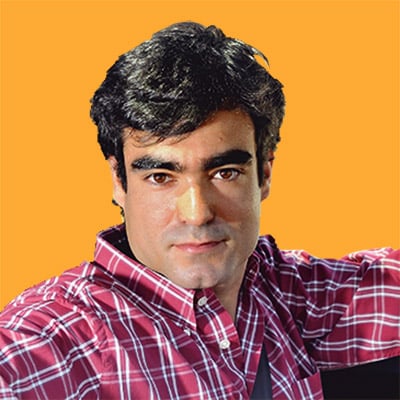Ferrari is the most profitable car manufacturer in the world. Why? Because it sells not cars, but dreams. And dreams can be very expensive.
It was almost two weeks ago that Charles Leclerc won the Monaco Grand Prix. One of the most boring races the Formula One World Championship has ever seen. A big crash involving three cars on the first lap meant a standing restart and free tyre choices for the remainder of the race.
Eliminating the risk of something going wrong during pit-stops and with cars so big it is virtually impossible to overtake, it was the first time – that’s 74 years and 1109 races in total – the first 10 cars on the grid took the chequered flag in the exact same position they began the race in.
Anyway, for Leclerc it was a momentous day, surely one of the most important of his still rather young life. Prince Albert had tears in his eyes as he witnessed the first Monegasque winning his home race and the Monaco national anthem being played live at the track.
The most famous saying in motorsport is “motor racing began when the second car was produced”. And, although that is not true, obviously, car makers soon understood the power and appeal of racing as a marketing tool and coined another famous line: “win on Sunday, sell on Monday”.

No manufacturer is so deeply associated with racing as, no prizes for guessing here, Ferrari. The cars from Maranello are a part of our western cultural heritage, much like a Picasso painting or a Rodin sculpture. Show any kid a red supercar and he’ll say: Ferrari. Even if it isn’t one. That’s how meaningful Enzo’s legacy has developed over the years.
A few days before the Monaco Grand Prix, Ferrari showed their latest road car. It’s called Dodici Cilindri – Twelve Cylinders – and, whatever you might think of the name, it is easy to understand why Ferrari have decided it should call the new flagship by the number of cylinders it has under the bonnet.
The V12 has always been synonym with the Prancing Horse. When Enzo began building cars in Maranello in 1947 and, until the 308 GTB came in 1975, the V12 was the only layout he would admit in his models.
This latest one is quite relevant because it shows how much the brand are trying to maintain their heritage and their ethos alive, at a time when emissions regulations are, basically, killing all combustion engines, let alone a big V12. Ferrari is now the only constructor in the world still building a pure, naturally aspirated V12 for a series production car, meaning no turbos and no hybrid assistance. Just petrol and oxygen turned into speed. Or, in other words: petrolhead heaven.
The Dodici Cilindri has a mighty 6.5 litre V12 with lighter titanium conrods and forged pistons that allow it to rev to 9,500 rpm. It makes 820 horsepower to the rear wheels via an 8-speed DCT gearbox and gets to 100km/h in 2.9 seconds. It is an evolution of the 812 Superfast that came before it and an homage to the 365 GTB/4 of 1968, the famous Daytona, one of the most beautiful automotive sculptures ever built.
The latest Maranello flagship will undoubtedly contribute to Ferrari’s almost unbelievable numbers when it comes to profitability. The 2023 numbers are out, and they are simply astonishing.

Ferrari sold 13,663 cars last year, recording a revenue of €5.97 billion. While sales were up 3.3% when compared to 2022, revenue went up by 17%. Ferrari made €117,927 in operating profit on each car sold. Yes, you read that right: on each car!
That makes it the most profitable car maker in the world and, very likely, not by the margin you would think. The second name on the list – Porsche – made ‘only’ €22,747 on each car. Porsche needs to sell 5.2 cars to make the same money Ferrari makes in one single unit.
But the numbers get even more surprising the further down you go. Jaguar Land Rover is third and needs to shift 14 cars. BMW is fourth: 16 cars. Then Mercedes: 17 cars. Tesla comes up in sixth: 27 cars.
Then things get really crazy. Honda needs to sell 66 cars. General Motors 70 cars. Mazda 98, Ford 105, Renault 106 and Suzuki 131.
Think Suzuki got it bad? Here is another interesting number: Aston Martin lost €19,400 per every car sold. You may want to replicate Ferrari’s business model, but one thing is wanting it, the other very different is managing it.
As I write on these pages from time to time, there is and always will be only one Ferrari, the greatest maker of dreams in the global automotive landscape. And, just like Coco Chanel said one day: “The best things in life are free; the second-best things are very expensive.” I could not have said it better myself.





















